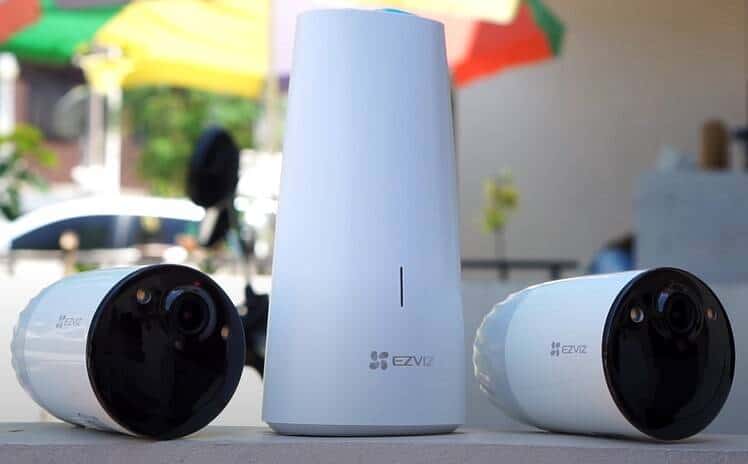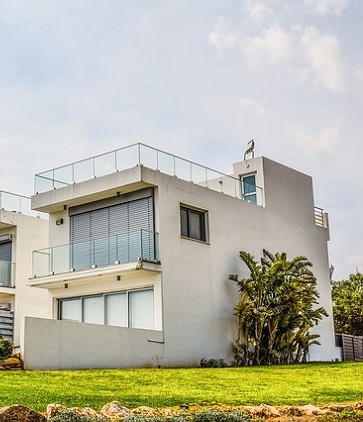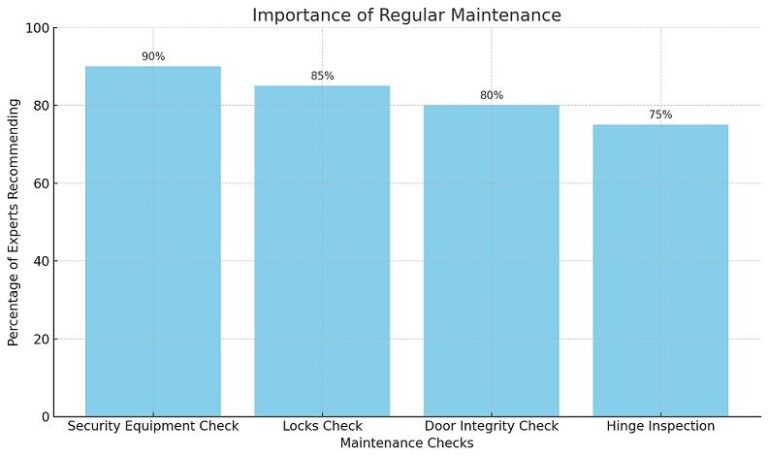Comparing H.264 Vs H.265 for Video Surveillance
Video encoding and compression technologies are important elements of any security surveillance system.
When it comes to IP video encoding, the current standard is H.264 but there is now a lot of interest in H.265 High-Efficiency Video Coding (HEVC).

What is H.265 High-Efficiency Video Coding?
H.265 video encoding is an improved video encoding technology that doubles the compression ability of H.264 encoding by up to 50%. What this means is that when transmitting images encoded with H.265 you will only be moving those images at half the bit rate of the H.264 encoded images. This ultimately allows for more storage, as well as using less bandwidth.
With this drastic increase in efficiency, it is no surprise that H.265 cameras have gained a lot of support from security specialists and are recommended for video surveillance in many cases. It is likely that at some point, H.265 will become the industry standard for video in the security industry.
The Advantages of H.265
Reduced bandwidth and storage consumption is a compelling reason to switch to an H.265 IP camera security system. Not only will this increase image quality but also increase your network speed. This provides the consumer with a smooth video feed and better video quality while viewing their security cameras via smartphones.
One reason the image quality is better with H.265 is that it provides larger Coding Tree Units or blocks and these blocks can be anywhere from 4×4 to 64×64. With H.264, the blocks are limited to 16×16. What this means is that the larger blocks allow for more detail, even when compressed, limiting frozen or delayed frames while live streaming.
With the reduced storage requirements of the H.265 video, you can store more footage. The smaller file size reduces the storage space required by about 50%-60%, enabling the user to keep video longer before the need to record over it, regardless of if the video is stored on an SD card or an H.265 NVR.
Another advantage to the H.265 camera is that you get multiple streaming options. Due to the fact that the H.265 produces optimal compression, these cameras offer multiple streaming resolutions to choose from including 8K Ultra HD streaming.
The H.265 surveillance cameras are suitable for both indoor and outdoor use. Just as with other security cameras, you can use H.265 cameras for home security as well as at your place of business. These cameras are especially useful if you want to cover a large area using a minimal amount of bandwidth.
The Disadvantages of H.265
Although there is no doubt that H.265 video encoding is far superior to what is standard today, don’t expect an industry-wide change to happen too quickly. There are a couple of different reasons why there isn’t likely to be a massive jump to H.265, including the fact that it is costlier than H.264.
Another reason this jump to H.265 may take some time is the recent advancements in the H.264 codec to optimize bitrates. This is done in three ways, noise suppression, long-term bitrate control, and predictive encoding. With the efficiency of H.264 improving, it is very likely to be in use for a number of years to come.
As mentioned, the cost of upgrading to H.265 may hinder its use to some extent. To change to this new video codec it would require that most if not all of your video system hardware be replaced. Of course, there are situations where the higher cost might be worth the added benefits.
Is an H.265 Video Surveillance System Right For You?
This really depends on your security needs. With the demand for the technology to compress HD quality video growing, H.265 is gaining in popularity with both consumers of home security systems and security experts. The real question is if it is necessary for you.
As mentioned, this really depends on what you need and want from your security surveillance system. Since H.265 technology is still fairly new, these cameras are not as easy to find as the H 264 cameras. It is also important to factor in the higher cost of these cameras.
If you are on a tight budget and only want surveillance on a small area such as a room in your home or a door, the H.264 might be sufficient. If you need surveillance on a larger area, such as an entire yard or section of a parking lot, the H.265 is a good option. Although both can capture details such as facial features and license plate numbers, the higher resolution capabilities of H.265 will offer sharper detail, which is extremely helpful in some situations.





![How are security cameras helpful? [SOLVED] How are security cameras helpful? [SOLVED]](https://securitybros.com/wp-content/uploads/2024/02/ptz-security-camera-monitor-area.jpg)
